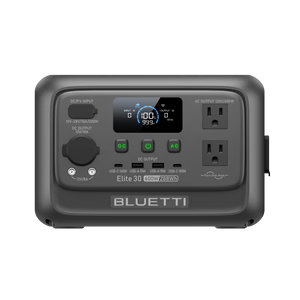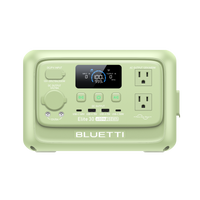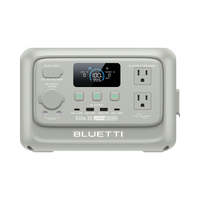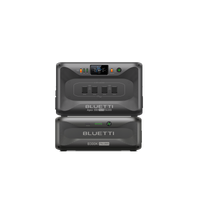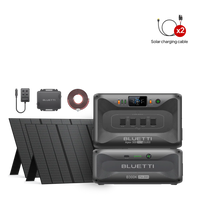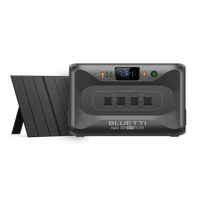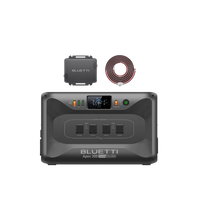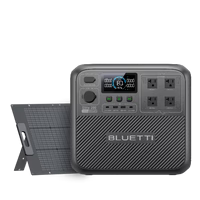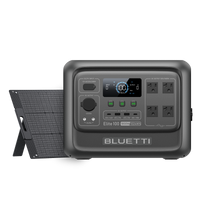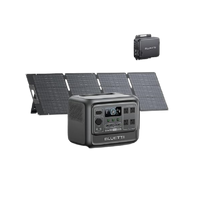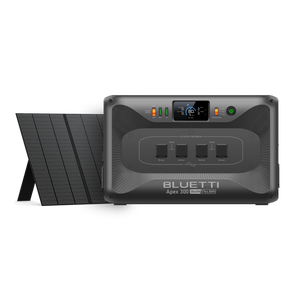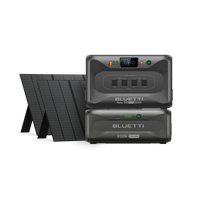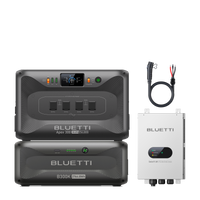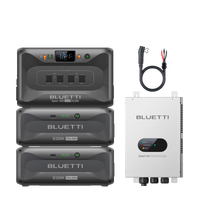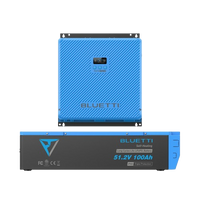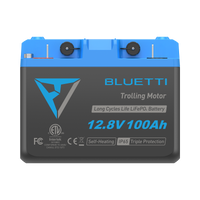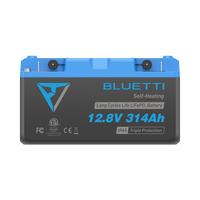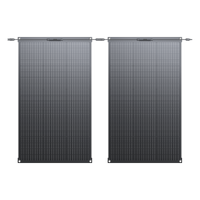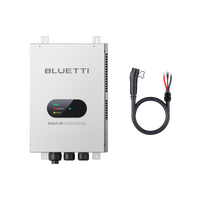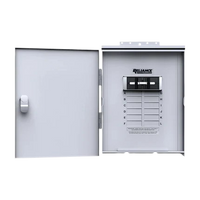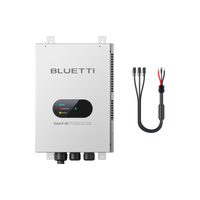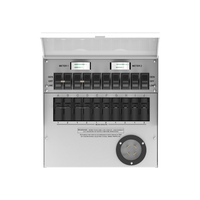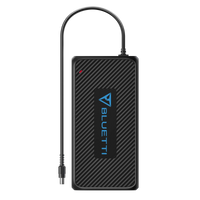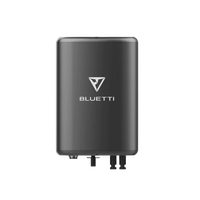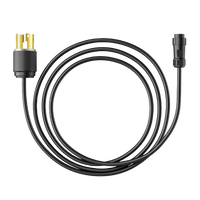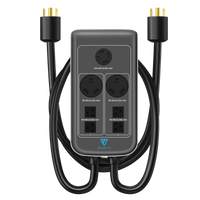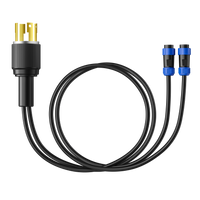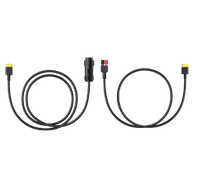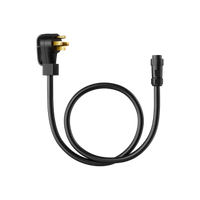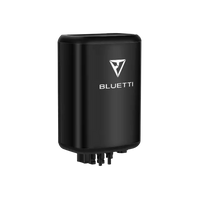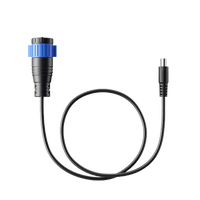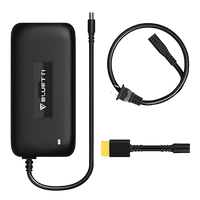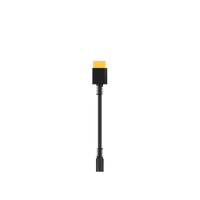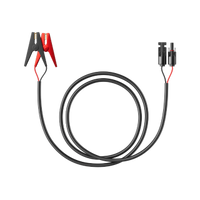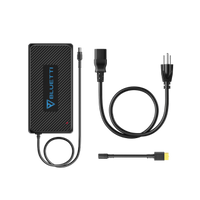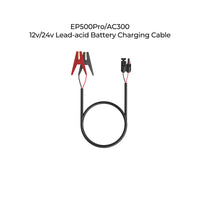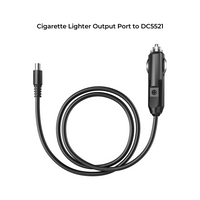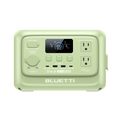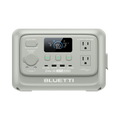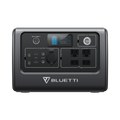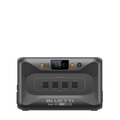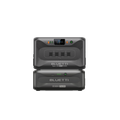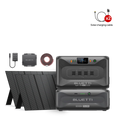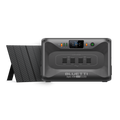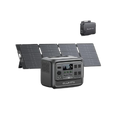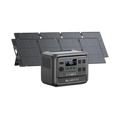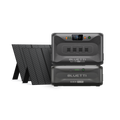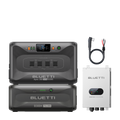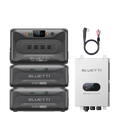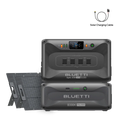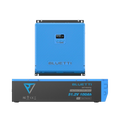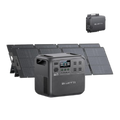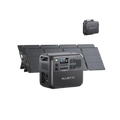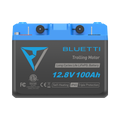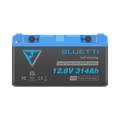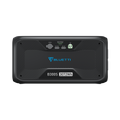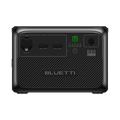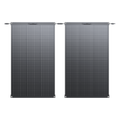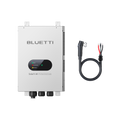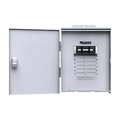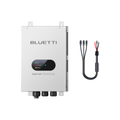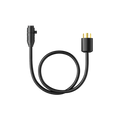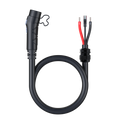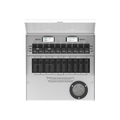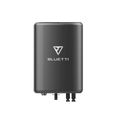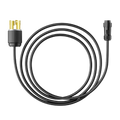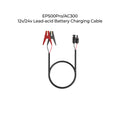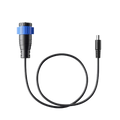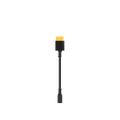These appliances have become an unavoidable installation in the kitchen. They provide a constant and uniform heat source for cooking. Besides, they are highly preferred because of their user-friendliness and temperature control stability. But, the ever increasing energy requirement of electric stoves is a matter of concern for most homes. With electricity costs going higher and environmental consideration further growing, it becomes more and more obvious to get first hand knowledge about the electricity consumption of those appliances. This article will make you understand the amount of energy that electric stoves consume, the price of running them, and possible ways to improve their efficiency.
How Many Watts Do Electric Stoves Use?
The range of wattage for electric stoves is very wide. As for an example, a small burner on low may use only 1,000 watts, but a big burner on high will consume up to 3,000 watts. In addition, it should be mentioned that the wattage can increase considerably when two or more burners are used. For instance, cooking dishes on all four burners continuously might cause a power consumption up to 10 kW. This is why it is important to check your cooking habits to be sure that you use energy wisely.
If you frequently cook large meals or use multiple burners, your stove's energy consumption can be at the higher position. Energy-efficient cooking practices which include use of lids to trap the heat can help reduce wattage usages. Apart from that, new electric stoves usually include options that help to reduce energy use while still maintaining the optimal performance.
How Many Amps Does an Electric Stove Use?
The reading is a direct measure of its power consumption. A standard electric stove has a dedicated power circuit with capacity ranging 20 to 60 amps. This gives a guarantee that the appliance can work safely without deriving too much power from the home’s electrical system. In addition, keep in mind that the circuit breaker for the electric stove should be rated similarly to amperage requirement to avoid numerous hazards.
A licensed electrician should be consulted possibly when a new stove is installed or when moving into a house with an existing stove to avoid electrical issues. Knowing the amperage of the electric stove you have can arm you with knowledge to make decisions on the use of energy and possible upgrades. For individuals aiming to lower their electricity usage, understanding both the amperage as well as the wattage provides a more comprehensive evaluation of how efficient an electric stove may be.
Do Electric Stoves Use a Lot of Electricity?

While the electric stoves do use a lot of power, the total energy consumption depends on some factors including the mode of operation. This also includes the amount of use, the length of cooking sessions, and the type of stove model. For instance, a household that cooks many times a day could see a more noteworthy effect on their energy bill compared to one that cooks less often. Besides this, an extended use of the oven, e.g. baking or slow cooking will cause the electricity consumption to increase too. Besides, you need to take into account your stove’s efficiency. Conventionally, older models consume more energy than newer ones, resulting in higher electricity usage.
How Much Does It Cost to Power an Electric Stove in Canada?
The cost of running an electric stove in Canada is likely to be different from province to province, as different rates apply to different parts of the country. In terms of prices, Quebec has among the lowest power rates in the country while Ontario rates are comparatively high. So this suggests that the same electric stove may cost more to be used in Ontario than in Quebec.
Moreover, the time of day can result in price fluctuations from peak to off-peak periods in some places. Cooking during the time when the demand is at the minimum helps to achieve lower costs. Besides, it is important to think about what kind of cooking you’re going to do as well. Fast-cooking options, like broiling, take more electricity than low-heat-slow-cooking ones, like simmering. To get a more precise figure, you can find out the prices of electricity in your area and track the use of your stove by time.
Can You Save Costs by Using Solar Power?

By including solar power into your house power system you will be able to greatly reduce the costs of operating an electric stove. The initial expense on panel installation and the battery system will be retrieved by the eventual reduction in power bills. Moreover, daylight electricity is a renewable energy resource that can be a contributor to a low carbon footprint. In Canada, there are different kinds of rebates and incentives offered to the homeowners who are willing to install these systems. Such funds can help make solar transition less costly and attractive. Note that it is also advisable to take into consideration the size of the solar power system that will meet the energy needs of your home electric stove. A well-matched system will allow you to be able to cook anytime, even when the sun is not out.
Solar Generators That Can Help You Minimize Electricity Bills

With a 2000W AC pure sine wave inverter and a surge capacity of 4,800W, this generator can easily run a variety of household appliances, a space heater being one of them. The kit’s 2,000Wh capacity is backed by a LiFePO₄ battery with over 3,500 life cycles to 80% capacity, which guarantees long life.
In addition, with 17 outputs, the AC200P can cope with multiple devices all at once, which makes it invaluable for families or individuals with multiple power requirements. Besides, the generator features seven recharging methods allowing you to restore its power in the way that is most convenient and fast for you. Also, featuring a 700W solar input and 1200W fast dual charging capability, it will only take a short time to recharge either with the sunlight or by using the AC adapter.
The included BLUETTI PV200 solar panel is a nice comrade with the monocrystalline solar cells with up to 23.4% efficiency and a long lasting ETFE coating. The user will be able to take advantage of multifunction capabilities, and the fact that it is lightweight, foldable and portable along with compatibility with most solar generators through MC4 connectors, adds to the kit’s attractiveness.
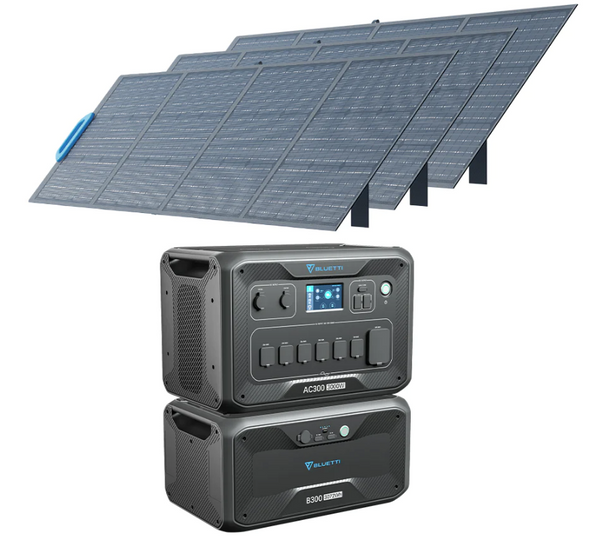
The system has got a 3,000W pure AC sine wave inverter which can handle up to a 6,000W surge, implying that it can run high-demand appliances with no projection of power gaps. Besides, the 3,072Wh capacity can be increased up to an unimaginable 12,828Wh with additional B300 batteries, taking care of long-term power needs or powering larger households.
The lithium iron phosphate battery (LiFePO₄) guarantees more than 3,500 life cycles at 80% capacity, thus, durability and long operational life. Also, the kit’s power supply is assured through the 240V split phase bonding and 24/7 UPS home backup, an essential feature especially when there is a blackout or for off-the-grid applications. Moreover, the system has seven recharging methods and a 2400W max value of solar input for efficient recharging, while the 5400W max fast dual charging enables the power to be restored quickly.
The three PV200 solar panels that come with the kit are of high efficiency, featuring monocrystalline cells and ETFE coating for durability. Their foldable and transportable characters make them the easiest choice for setup and storage, and their connection with MC4 makes them compatible with solar generators of different brands.
Shopping for an Energy Efficient Electric Stove
Several items need to be taken into account when buying a low-consumption electric stove. First, go for stoves with an Energy Star label. It shows that the appliance complies with a stringent set of energy efficiency standards set by the government. Such stoves are produced to save electricity with no sacrifices in performance. One more thing to look at closely is the induction cooking technology, because it is more efficient than the electric coils, as they heat only the pot itself.
Furthermore, many electric stoves now have smart features which allow you to control and view your stove energy consumption from a distance via an internet connection. You might be able to use these functions to help you make more energy-effective decisions while you cook. It is also meaningful to go through reviews and compare models in order to find an oven which not only fits your cooking requirements but also correlates with what you are trying to save in terms of energy.
Final Thoughts
In conclusion, electric stoves can consume a large amount of electricity, but there are many ways to control and minimize their impact on your electricity bill. Energy-efficient models selection and solar panels installation are just a few ideas that may help save money and protect the environment. It’s also advisable to watch your appliance’s energy consumption and make use of the emerging technological breakthroughs that can bring down costs. Through awareness of your power consumption and scheduling your electricity usage, you can benefit from the comfort and ease of electric cooking while keeping your electricity bill down. Keep in mind, smaller steps towards energy efficiency contribute to a bigger purpose of sustainability and cost savings. With the pathway to a more environmentally friendly date getting narrower, the energy consumption of our appliances is more critical now than ever before.
